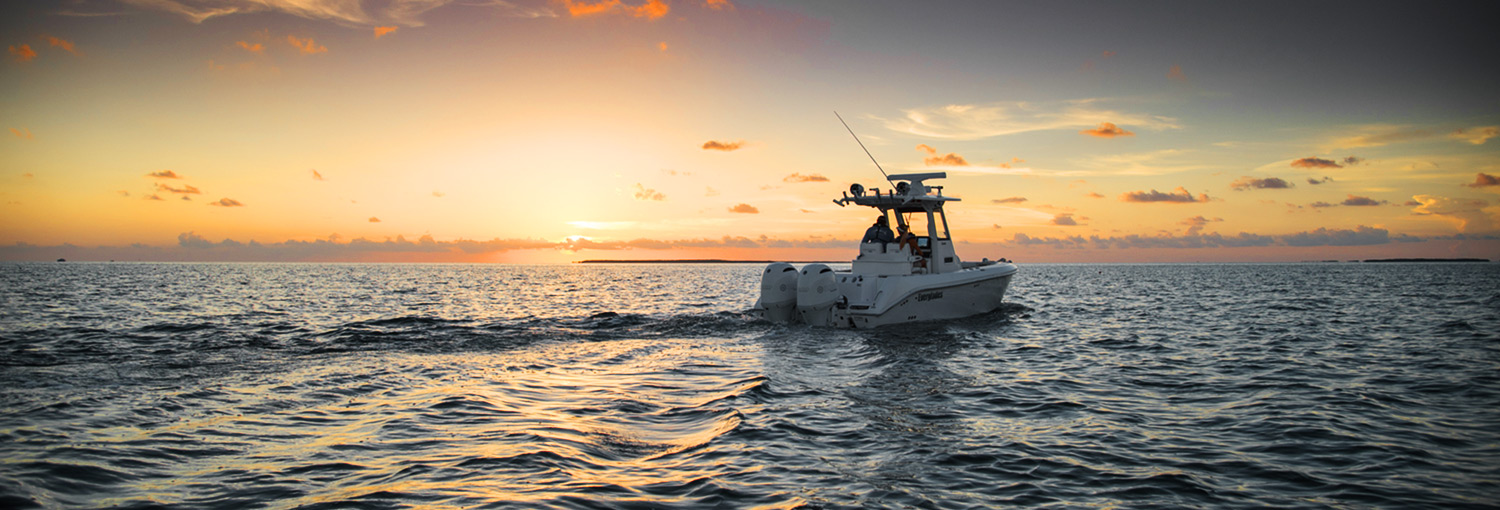Hypothermia occurs when the body’s temperature falls below what is required for normal metabolism and functions. The most obvious of symptoms include shivering and mental confusion. Unfortunately, there are only so many options for preventing hypothermia when you are already out at sea. Below you will find tips, generated by the U.S. Coast Guard in a presentation on “Hypothermia, Drowning and Cold Water Survival,” on how to recognize the signs of hypothermia and how to prevent getting to that point.
Sudden immersion in cold water results in certain physiological responses:
From zero (0) to two (2) minutes, the body experiences cold shock. In this stage, one would have intensified gasp reflex, hyperventilation, difficulty holding one’s breath, a rapid heart rate and hypertension. Hyperventilating could cause you to faint and lead to drowning, as can gasping for air. What is the best way to prevent this? Keep your head out of the water. How do you keep your head out of the water? With a properly fitted life jacket that is designated for off shore boating, or prolonged rescue. These are designed to elevate the head and keep it from touching the cold water.
From two (2) to 15 minutes, you would achieve functional disability and within this time period, up until 30 minutes, you could fall in the category of hypothermia. During this time, you would experience difficulty swimming, loss of manual dexterity, and muscle cramping. Swimming speeds the onset of hypothermia, increasing heat loss and also causing exhaustion, so imagine what thrashing around in the water will do! Try to stay as clam and still as possible.
The only way to increase your chance of survival is to wear your life jacket. The PFD is designed to keep you from over-exerting yourself, to stay above water, and also to maintain the shape and form of your diaphragm, to allow for continued breathing. Make sure that the life jacket you purchase extends up the spine to cradle the head. The head is an area of high heat loss, and over time, this impacts thinking and judgment. Take note of the life jacket kinds and types, and make sure the PFDs you are purchasing match up to your boating lifestyle.
